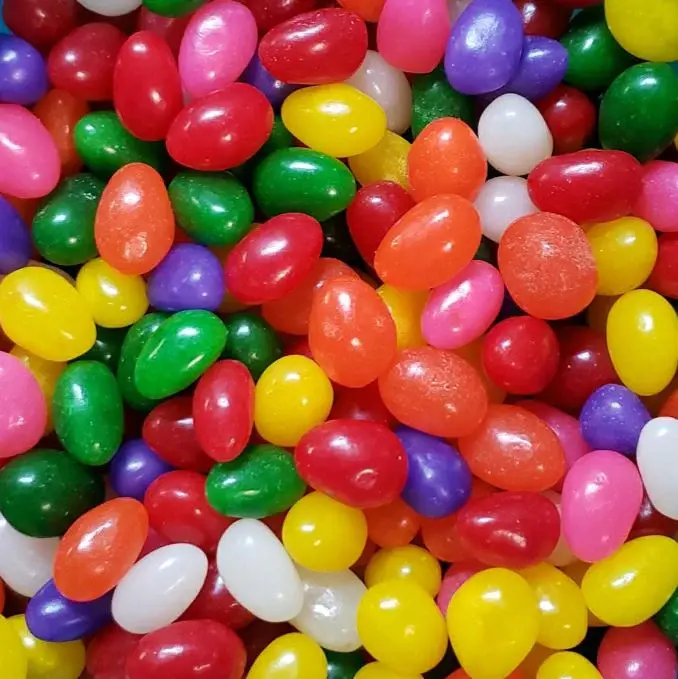Jelly Beans OR Glucose Drink?
- purpose011194
- Mar 29, 2024
- 3 min read
Updated: Apr 6, 2024
What types of glucose tolerance tests are there?
There are two types of glucose tolerance tests: a short version called the glucose challenge test, and a full glucose tolerance test. The short version is easier to do and serves as a preliminary test to determine someone's risk of diabetes or gestational diabetes.

Glucose challenge test
The glucose challenge test is the short version of the glucose tolerance test. The test can be done at any time of the day. It involves drinking a glass of concentrated glucose solution (50 g of glucose dissolved in 250 to 300 ml of water). After one hour has passed, a blood sample is taken to determine the blood sugar level.
Glucose tolerance test
For this test, you should not eat anything before going to the doctor in the morning. In other words, you should not have breakfast, and you should eat your last meal the evening before. This also applies to all drinks with the exception of water.
First of all, blood is taken to determine your baseline blood sugar level. The blood is drawn from a vein or your fingertip or earlobe. After that you drink a large glass of concentrated sugar solution. In the glucose tolerance test, 75 g of glucose are dissolved in 250 to 300 ml of water...When testing for gestational diabetes, blood is drawn twice – first after one hour and then again after another two hours.
----------------------------------------------------------------------------------------------------------------------------------------------------------
----------------------------------------------------------------------------------------------------------------------------------------------------------
Most pregnant women have a glucose screening test between 24 and 28 weeks of pregnancy. The test may be done earlier if you have a high glucose level in your urine during your routine prenatal visits, or if you have a high risk for diabetes. Women who have a low risk for diabetes may not have the screening test.
TWO-STEP TESTING
Abnormal blood values for a 3-hour 100-gram oral glucose tolerance test are:
Fasting: greater than 95 mg/dL (5.3 mmol/L)
1 hour: greater than 180 mg/dL (10.0 mmol/L)
2 hour: greater than 155 mg/dL (8.6 mmol/L)
3 hour: greater than 140 mg/dL (7.8 mmol/L)
ONE-STEP TESTING
Abnormal blood values for a 2-hour 75-gram oral glucose tolerance test are:
Fasting: greater than 92 mg/dL (5.1 mmol/L)
1 hour: greater than 180 mg/dL (10.0 mmol/L)
2 hour: greater than 153 mg/dL (8.5 mmol/L)

If only one of your blood glucose results in the oral glucose tolerance test is higher than normal, your provider may simply suggest you change some of the foods you eat. Then, your provider may test you again after you have changed your diet.
----------------------------------------------------------------------------------------------------------------------------------------------------------
----------------------------------------------------------------------------------------------------------------------------------------------------------




Comments